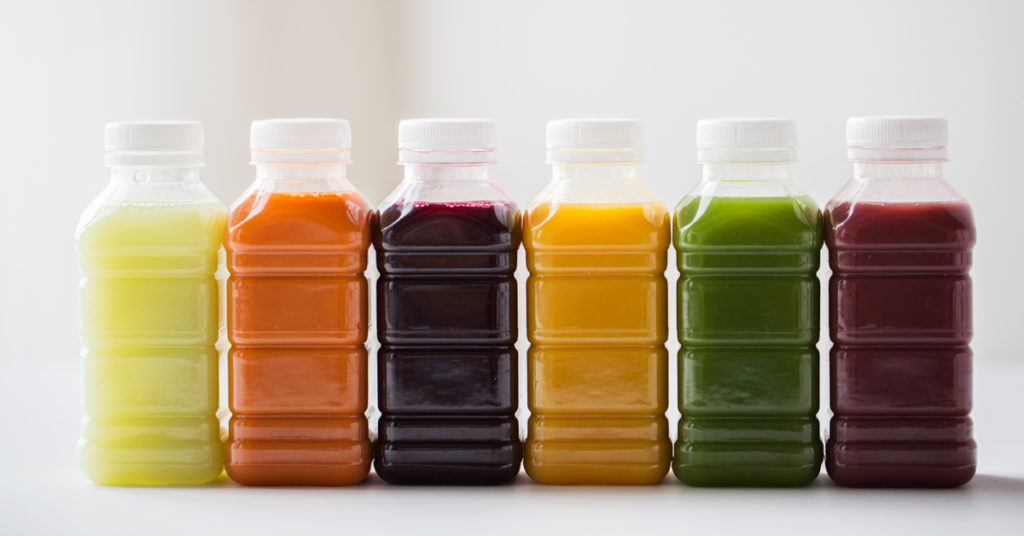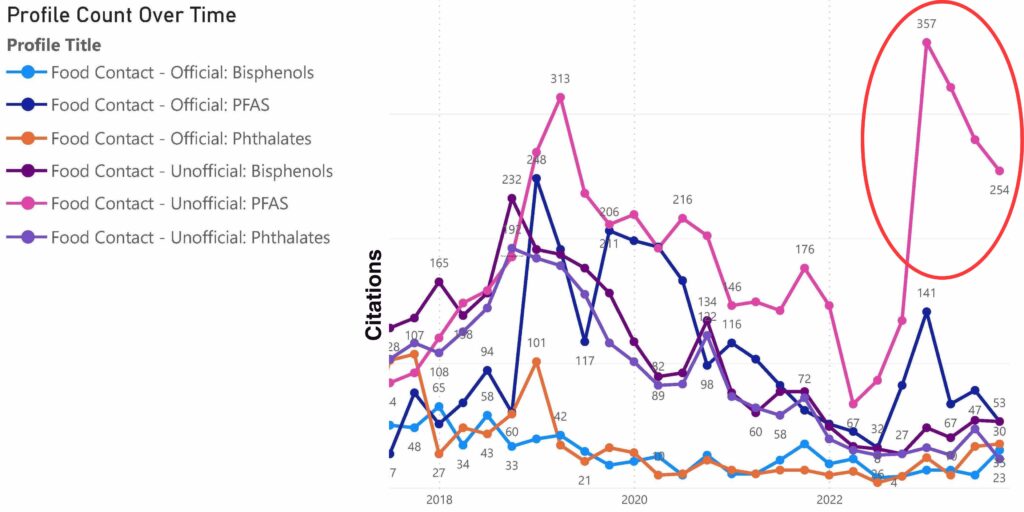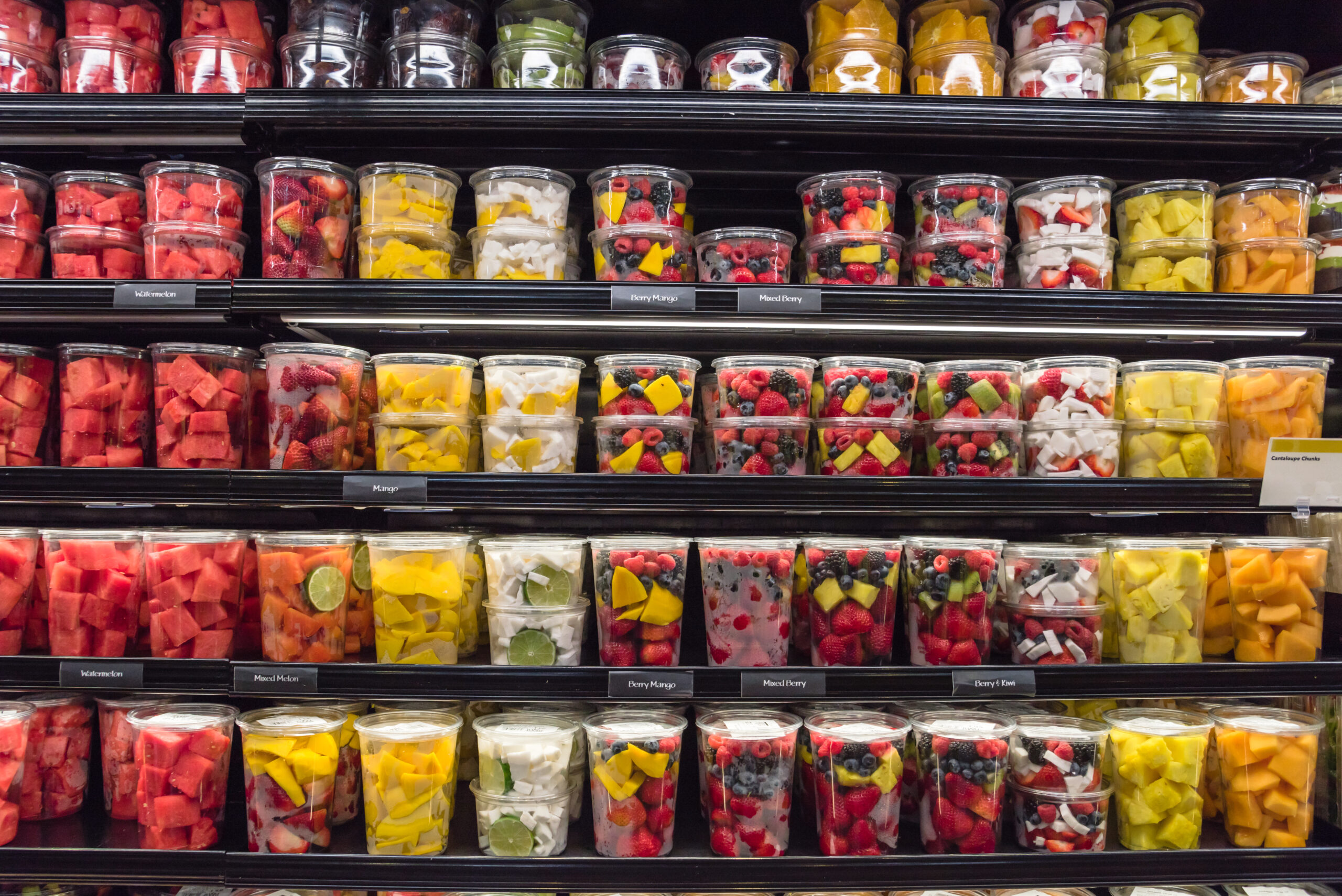By Gul Basak Kiroglu, Regulatory Trends Product Manager
TOPLINE SUMMARY
Food and beverage companies must monitor the regulatory and media environment, in addition to scientific publications, to ensure appropriate resources are allocated to emerging issues. In the past year, PFAS have gained attention, driven primarily by unofficial sources.

For more details, subscribe to FoodChain ID Monthly Reports.
- Food Contaminants
- Food Additives and Labelling
- Food Contact
Consumer Interest in Sustainability and Environment
Consumers worldwide are increasingly demanding sustainable and health-conscious food options, coupled with a desire for transparent and clean food labeling. They are asking questions on the products they use and the impact on the environment. Many are willing to pay more for eco-friendly solutions, showcasing the influential power of their choices.
As food and beverage companies respond to the consumer demands, many organizations recognize the need for monitoring issues related to potential chemical contaminants created by food packaging. A recent Consumer Reports story published on January 4 looked at bisphenols and phthalates in food categories such as non-alcoholic/water-based flavored beverages, canned beans, condiments, packaged fruits and vegetables, prepared meals, fast food and breakfast cereals available in many food stores in the USA.
Phthalates and Bisphenols – What Food Companies Need to Know
Phthalates are commonly used as plasticizers in plastic-based packaging. If phthalates migrate into food, at which there is no safe levels of exposure, they can act as endocrine disruptors and therefore are restricted in various countries including the USA and EU. Bisphenol A (BPA), used historically in plastic-based food containers, has been found in different studies to be hazardous to health and is being restricted or prohibited globally.
In addition to bisphenols and phthalates, another chemical class gaining attention is per- and polyfluoroalkyl substances, known as PFAS. PFAS are fluorinated substances used in non-sticky food contact materials and food processing surfaces. Most PFAS are classified as Carcinogenic, Mutagenic and Toxic to Reproduction (CMRs) and/or suspected hormonal disruptors. PFAS are unlikely to biodegrade and are considered extremely persistent and mobile in the environment, earning the moniker of “forever chemicals.” In fact, a proposal for restriction on per- and polyfluoroalkyl substances submitted to the European Commission by Germany, Denmark, the Netherlands, Norway and Sweden covers more than 10,000 chemicals for an extremely wide range of uses. A parallel regulatory trend is observed in the USA on a state level restricting significantly or banning all PFAS in almost all applications from food contact materials to fire-fighting equipment.
Beyond packaging, another possible chemical contamination source is drinking water or water used in the production and processing of foods. According to the World Health Organization, drinking water is one of the several environmental sources of human exposure to PFAS. The US Centers for Disease Control has found four PFAS in the serum of nearly all the subjects tested.
FoodChain ID Data and Regulatory Compliance Experts Look at the Trends
A long-term comparison of FoodChain ID Regulatory Trends global data looking at bisphenols, phthalates and PFAS from food contact in the last 5 years globally can be seen in the chart below, showing the growing attention on PFAS related food contact concerns.
Chemical Contaminant Citations (click to enlarge image)

The data trend shows that “Unofficial Sources” ‒ Non-Government Organizations, General Media, Scientific and Trade Journals and Professional Associations/Organizations ‒ for PFAS have spiked in the past year.










